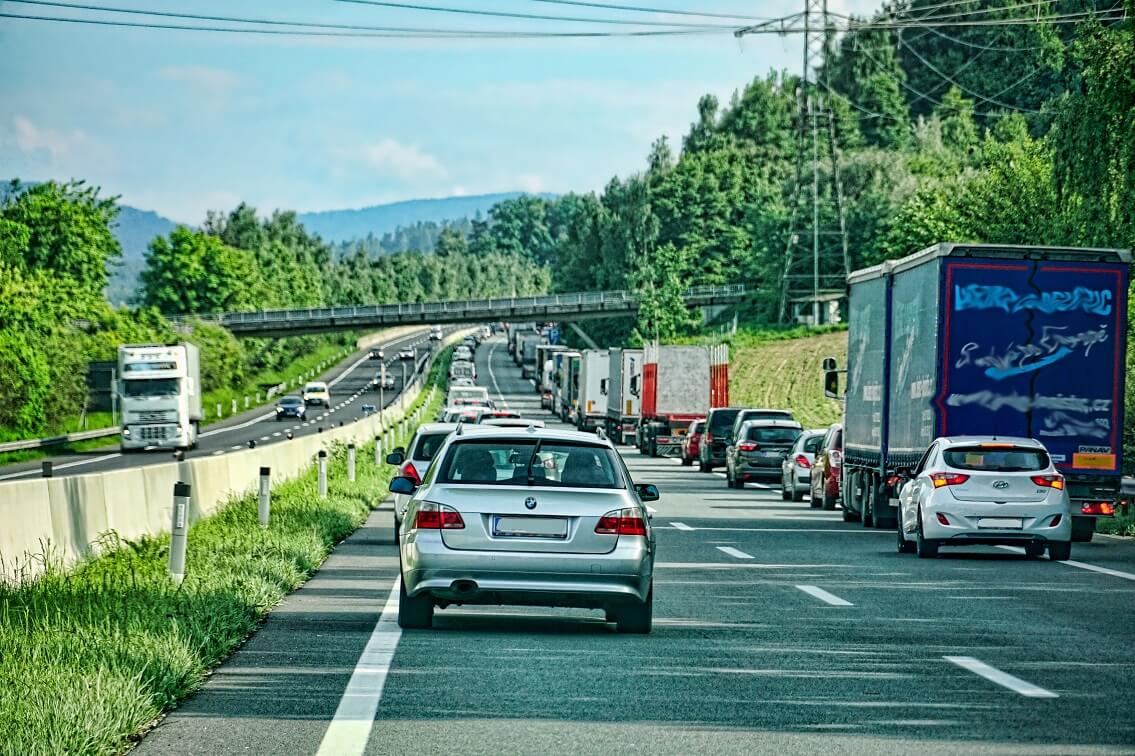Emergency lane - the right way to do it

People often talk about it, but it often fails to be implemented - the formation of the emergency lane. Imagine you are on the motorway, suddenly the traffic starts to jam and the siren sounds from afar. Where to now? The traffic jam is stuck and there is hardly any room to get out of the way. This costs valuable time - not only for the ambulance, the possible accident victim, but also for you. The sooner the emergency services arrive at the scene of the accident, the sooner the traffic jam will clear. Therefore, the following applies: If traffic is at a standstill, the emergency lane must already be formed and in the event of a traffic jam, all motorists are obliged to keep the emergency lane clear. What many take for granted at first glance is apparently nevertheless foreign to some.
Legal regulation
The Road Traffic Act also prescribes the emergency lane in § 11 paragraph 2 as follows: "As soon as vehicles on motorways as well as on nonurban roads with at least two lanes for one direction are driving at walking speed or the vehicles are at a standstill, these vehicles must form a free lane for the passage of police and emergency vehicles between the leftmost lane and the lane for one direction immediately to the right." In order to draw the attention of following road users to the traffic incident in good time, the warning lights may be switched on. If you are approaching such a situation, we recommend that you drive as far to the left or right as possible at this stage in order to keep the emergency lane clear.
Forming the emergency lane
A simple rule determines the formation of the emergency lane: Only drivers using the left-hand lane swerve to the left, all other lanes to the right. It does not matter how many lanes are available. In an emergency situation, every second counts.
Should I also use the emergency lane?
In principle, you are not allowed to use the hard shoulder, not even for the emergency lane. However, if for reasons of space there is no possibility of forming an emergency lane without using the hard shoulder, then swerving onto the hard shoulder is permitted.
Road works and narrowing of lanes
It is not particularly easy to form an emergency lane here. Nevertheless, the same applies here: Drive as far to the left or right as possible. To ensure additional safety, we recommend that you drive offset and with sufficient distance to the vehicle in front. It may also be necessary to drive on the hard shoulder and central reservation. Especially in these areas it is important to react in good time.
Abroad and the emergency lane
There are similar regulations in Switzerland, Slovenia, Hungary, the Czech Republic and Austria, where the formation and keeping clear of the emergency lane is stipulated in traffic law.
Fines in Germany
Depending on the offence, a fine of up to €320 is due, plus two points and a one-month driving ban.



